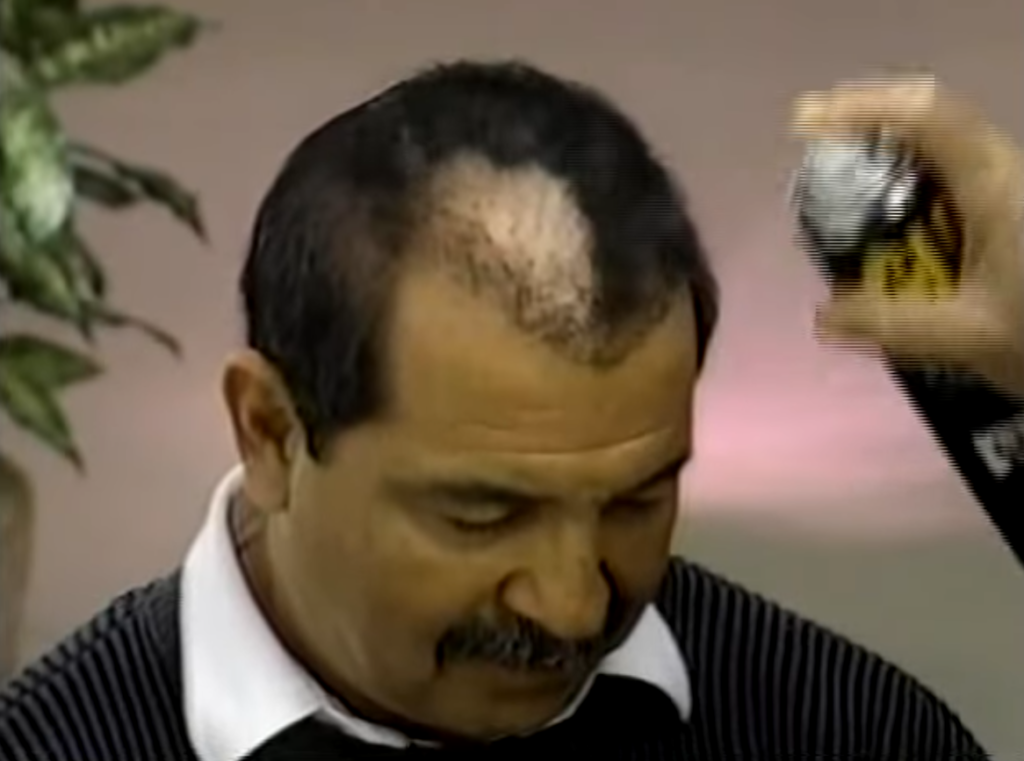Yesterday, I mentioned a big and important principle that A-list copywriter Parris Lampropoulos uses to guide him in his work. In Parris’s own words, that principle is:
“What do I need to do to weight the odds so heavily in my favor that I know before I’ve even run the ad that it won?”
“Thanks, Parris,” you might say. “If I knew how to weight the odds in my favor and write a killer ad, I would simply do it! I wouldn’t need this stupid principle.”
Easy, friend.
This principle is very valuable.
And its value will become clear once you see it in action.
You see, in the same interview where he revealed this principle, Parris also told a story illustrating how he uses it in practice. Namely:
One time, he was trying to beat a control for a book on tax loopholes. The control made a giant promise as the headline: “Pay no taxes in 1997.” It was written by some unspecified brilliant copywriter, and it was running successfully for many years. Trying to beat it seemed like a suicide mission.
So what to do? Parris started digging through the research.
It turned out that, on average, readers of this book saved $10,731 on their taxes. So he came up with a new headline,
“How to Save $10,731 on Your Taxes Next Year”
This new headline was more specific than the original. People like specifics, sometimes even more than big promises. So does this mean this angle would perform better than the control?
Possibly.
Possibly not.
In other words, it wasn’t a sure shot. Which means that Parris’s big and important principle still wasn’t satisfied.
So Parris kept digging and digging into the research, until he found a second interesting tip: The IRS allows amended tax returns. In a nutshell, you could go back and change your previous year’s tax return with updated data.
Interesting.
Especially when combined with the first, specific numbers. Because now he had the new headline/subhead:
“Bombshell from top tax attorney: The IRS owes you $10,731. Here’s how to get it in as little as 60 days”
That’s a pretty intriguing statement, and those are some heavily weighted odds. And sure enough, Parris used this one-two punch to beat the long-running control.
Fortunately, most of us don’t have to go up against the world’s best copywriters and their long-running controls.
For example, I work with a lot of clients on Upwork. Most of them simply need well-written copy, delivered on time.
The thing is, many copywriters on Upwork can’t even do this. Which means that there’s a good opportunity for anyone who wants to jump in and start offering sales copy as a service on Upwork.
If you want a guide for how to do this, you’re in luck. I’m putting one together right now, and I will publish it on Amazon soon. It will even be on free promo for a few days after it goes live. To get notified when this happens, you can sign up below:

